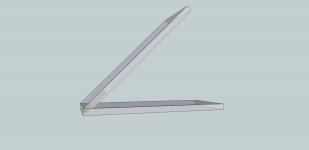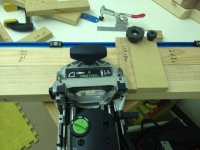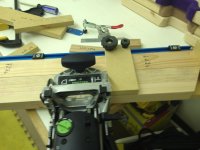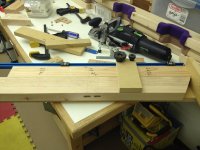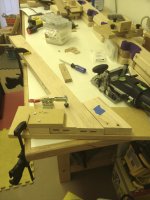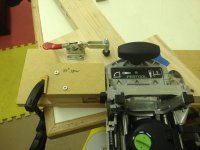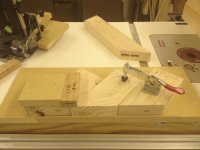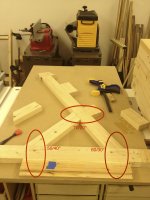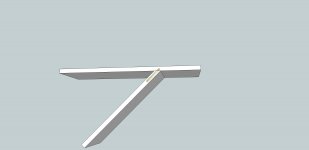Hi all,
I need to mortise at the end of narrow rails of a high chair, little over 3/4 x 1 x 8 inches. I could use the narrow frame fence, but the problem is the end of the rail is mitered by few degrees. I wonder how you stabilize such narrow and mitered stocks for Domino.
I'm thinking about cutting MDF with the same miter angle, while my miter saw is still in the same miter position and use them as spacers (or wedge) for the narrow frame fence or somehow clamp down on the MFT.
I would greatly appreciate your advise here.
Thanks
I need to mortise at the end of narrow rails of a high chair, little over 3/4 x 1 x 8 inches. I could use the narrow frame fence, but the problem is the end of the rail is mitered by few degrees. I wonder how you stabilize such narrow and mitered stocks for Domino.
I'm thinking about cutting MDF with the same miter angle, while my miter saw is still in the same miter position and use them as spacers (or wedge) for the narrow frame fence or somehow clamp down on the MFT.
I would greatly appreciate your advise here.
Thanks

